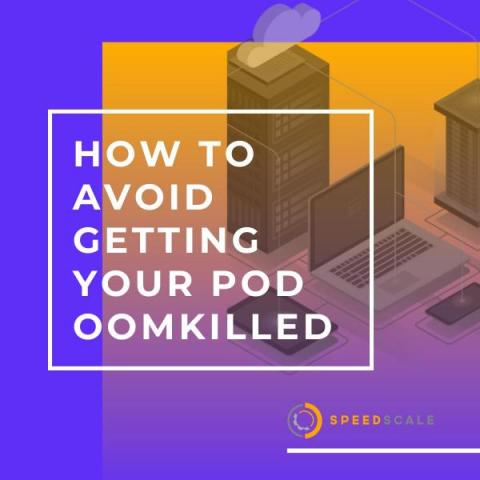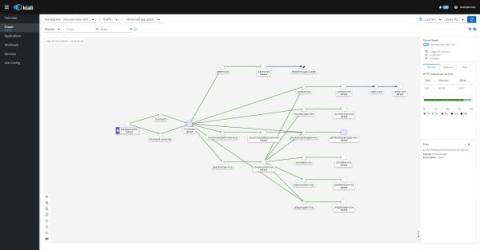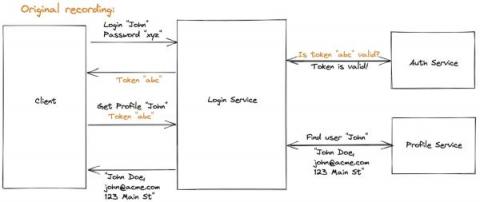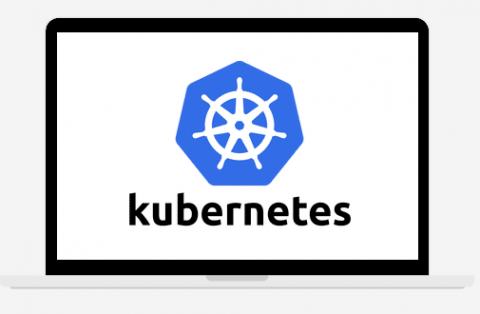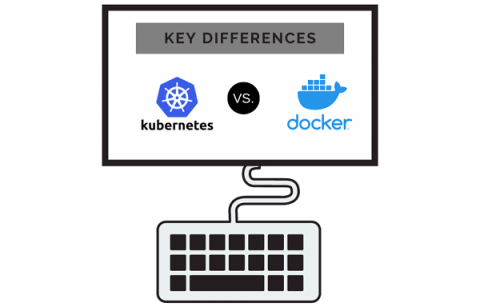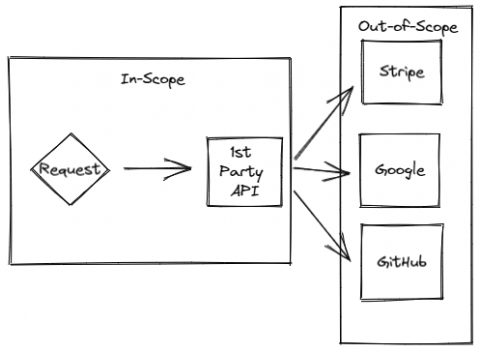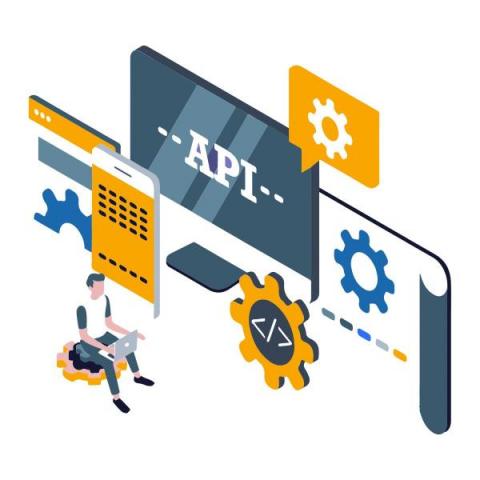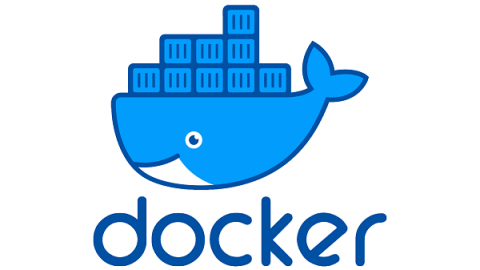How to Avoid Getting Your Pod OOMKilled
In this blog, understand why your pod has OOMKilled errors when provisioning Kubernetes resources and how Speedscale can aid with automated testing. When creating production-level applications, enterprises want to ensure the high availability of services. This often results in a lengthy development process that requires extensive testing for the applications or a new release.


